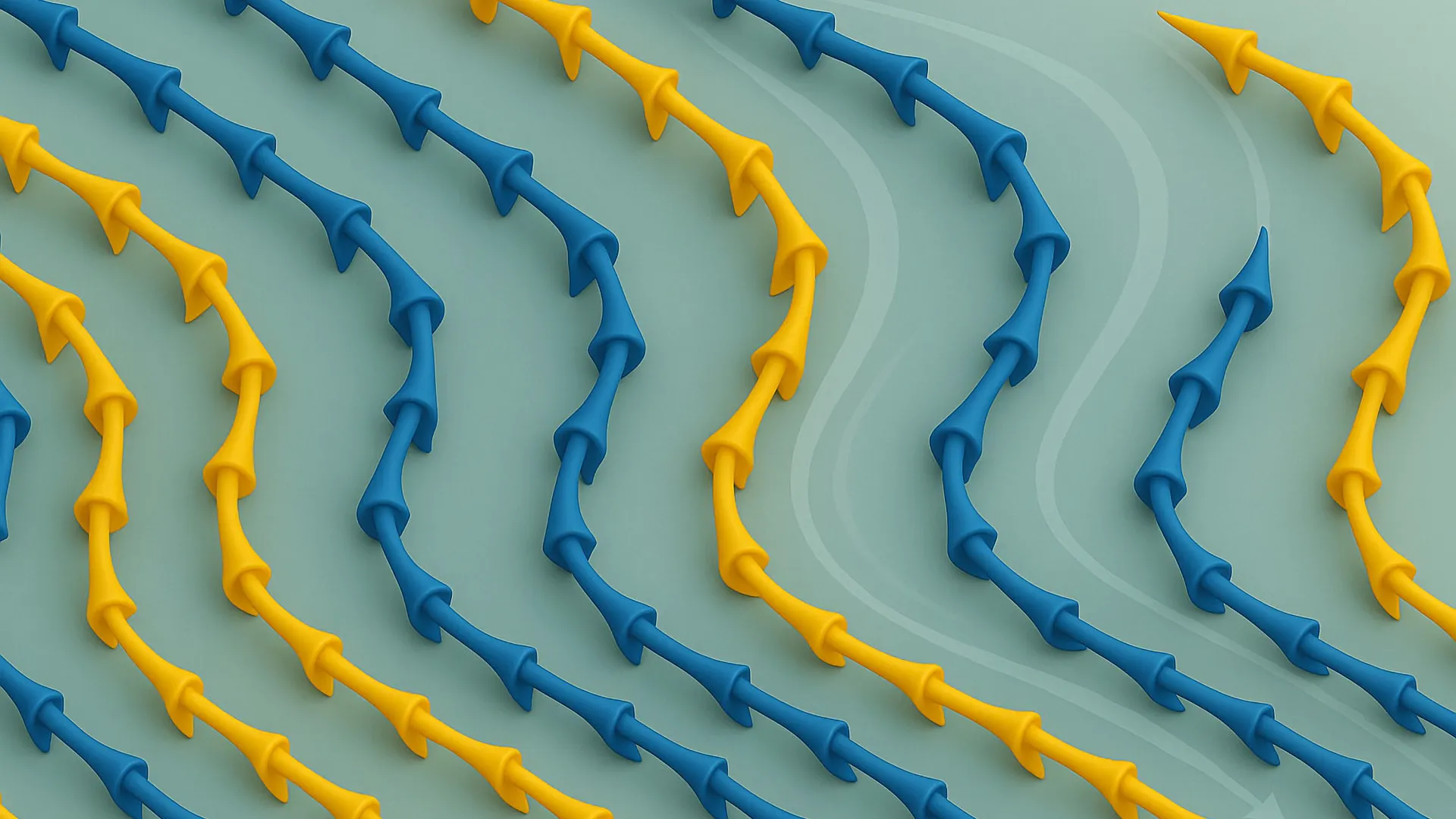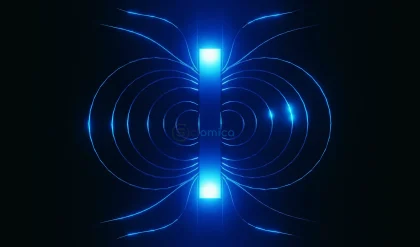Researchers at the Paul Scherrer Institute (PSI) have unveiled a breakthrough method to control magnetism in materials through the use of an energy-efficient electric field. This pioneering research emphasizes magnetoelectric materials, which hold great potential for transformative technologies in energy storage, data management, energy conversion, and medical applications. The findings have been shared in the prestigious journal Nature Communications.
With the increasing energy demands of AI and data centers, there is a pressing need for smarter, more sustainable technologies. Magnetoelectric materials, which exhibit a unique interplay between electric and magnetic properties, are at the forefront of this search. This fascinating connection enables scientists to manipulate magnetic properties using electric fields, which could revolutionize the development of ultra-energy-efficient memory storage and computing devices.
Among the magnetoelectric materials studied is copper oxyselenide (Cu2OSeO₃), a striking olive-green crystal. At low temperatures, the atomic spins within this compound arrange into intricate magnetic textures, creating formations such as helices and cones. These structures, significantly larger than the molecular lattice, exhibit remarkable tunability, aligning themselves freely rather than being confined to a fixed geometry.
The research team at PSI has demonstrated that applying an electric field can direct these magnetic textures within the copper oxyselenide. Unlike conventional materials where magnetic structures are rigidly locked in specific orientations, this innovative technique enabled researchers to gently nudge and reorient these structures using the correct voltage. This marks the first instance in which the direction of magnetic textures can be continuously adjusted via an electric field, a phenomenon termed magnetoelectric deflection.
To explore these magnetic structures in detail, the team utilized the SANS-I beamline at the Swiss Spallation Neutron Source (SINQ). This facility employs neutron beams to analyze and map the arrangement and orientation of magnetic structures at nano-scale precision. The researchers designed a specialized environment that allowed them to apply a high electric field while simultaneously investigating the magnetization within the crystal using small-angle neutron scattering (SANS).
Jonathan White, a beamline scientist at PSI, highlighted the significance of this achievement, stating, “The ability to steer such large magnetic textures with electric fields shows what’s possible when creative experiments are paired with world-class research infrastructures.” He noted that the exceptional resolution and versatility provided by SANS-I contributed to capturing the subtle effect of magnetoelectric deflection.
The discovery of magnetoelectric deflection has led to a deeper examination of the underlying physics. Astonishingly, the researchers found that the magnetic structures exhibit three distinct responses based on the strength of the electric field applied. Low electric fields resulted in gentle, linear deflection, while medium fields produced more complex, non-linear responses. High fields triggered sudden 90-degree shifts in the propagation direction of the magnetic texture.
Sam Moody, a postdoctoral researcher at PSI and the study’s lead author, emphasized the implications of these findings. “Each of these regimes presents unique signatures that could be integrated into sensing and storage devices,” he remarked. He further expressed enthusiasm for the prospect of hybrid devices that harness the ability to tune these responses by varying the electric field’s strength.
The magnetoelectric deflection response represents a novel tool for controlling magnetism without the dependence on traditional, energy-intensive magnetic fields. This high degree of flexibility in manipulating magnetic properties paints an optimistic picture for sustainable technology applications, marking a significant leap towards energy-efficient technological advancements.
Reference:
- Samuel H. Moody, Matthew T. Littlehales, Daniel A. Mayoh, Geetha Balakrishnan, Diego Alba Venero, Peter D. Hatton, Jonathan S. White. Deterministic control of nanomagnetic spiral trajectories using an electric field. Nature Communications, 2025; 16 (1) DOI: 10.1038/s41467-025-60288-1







